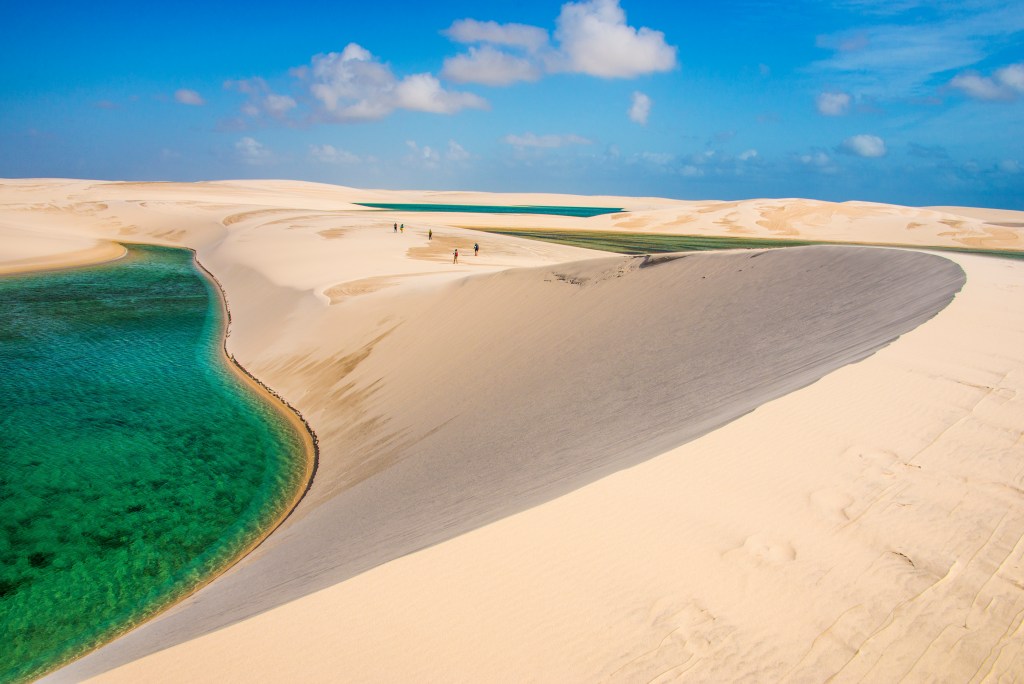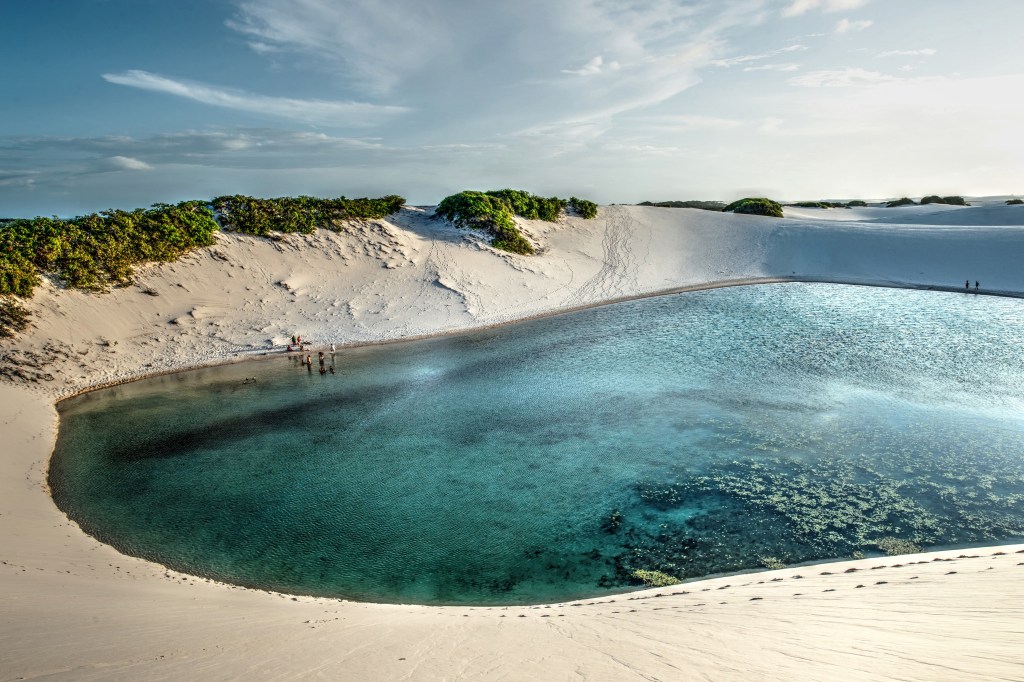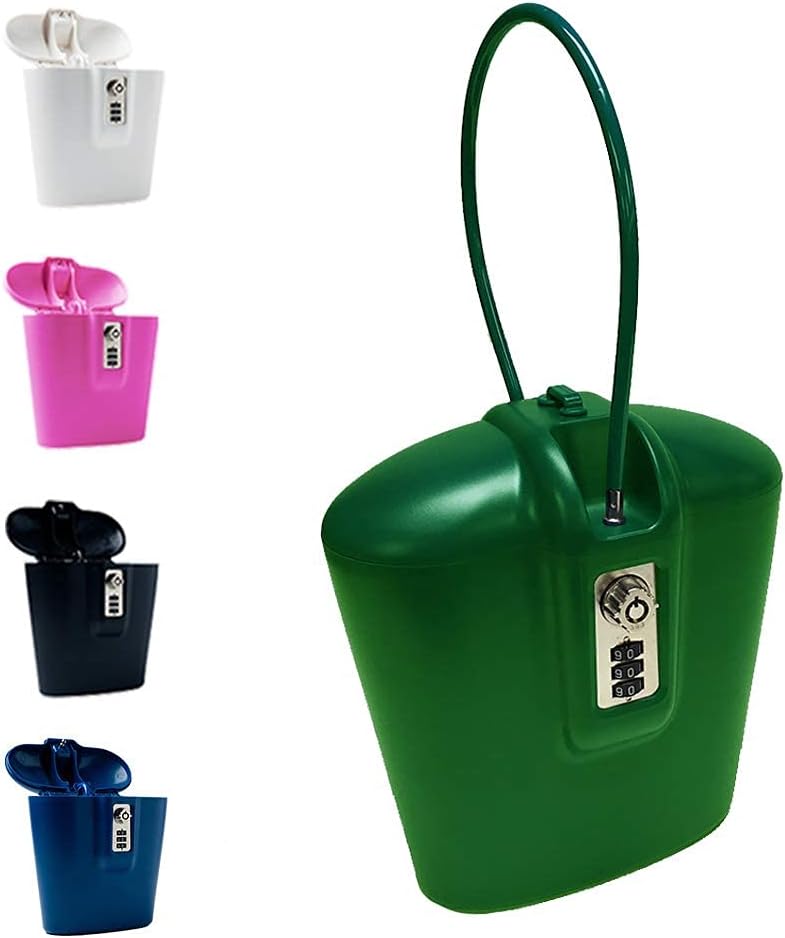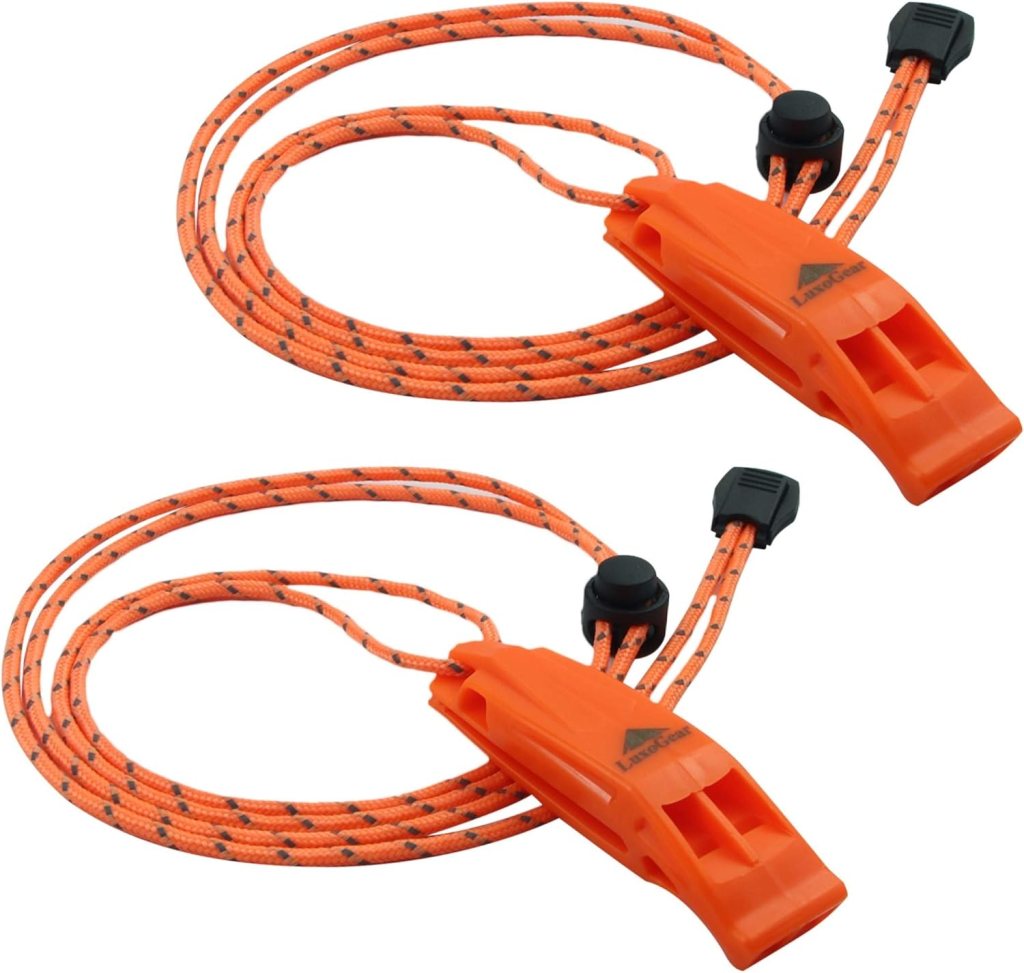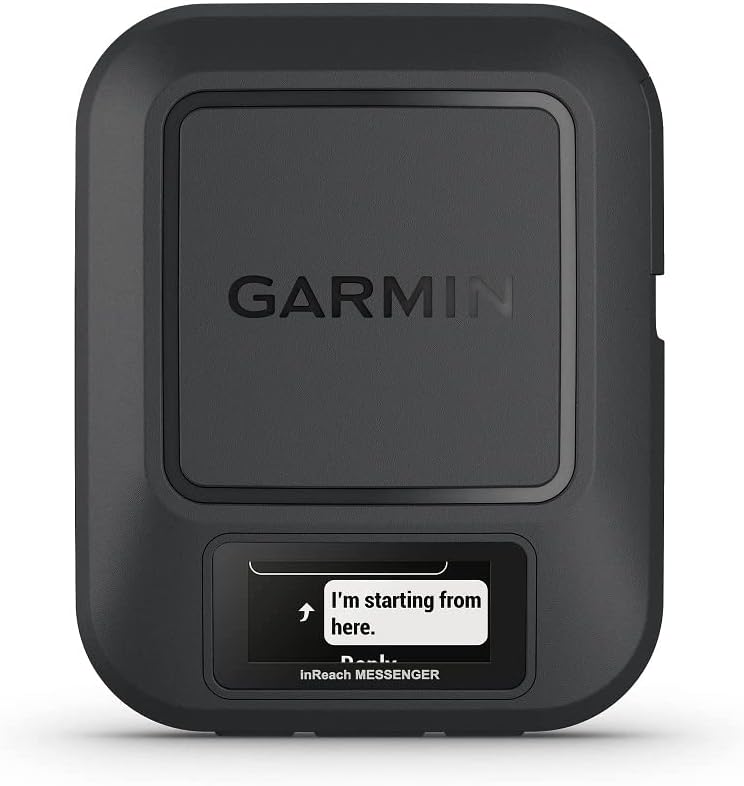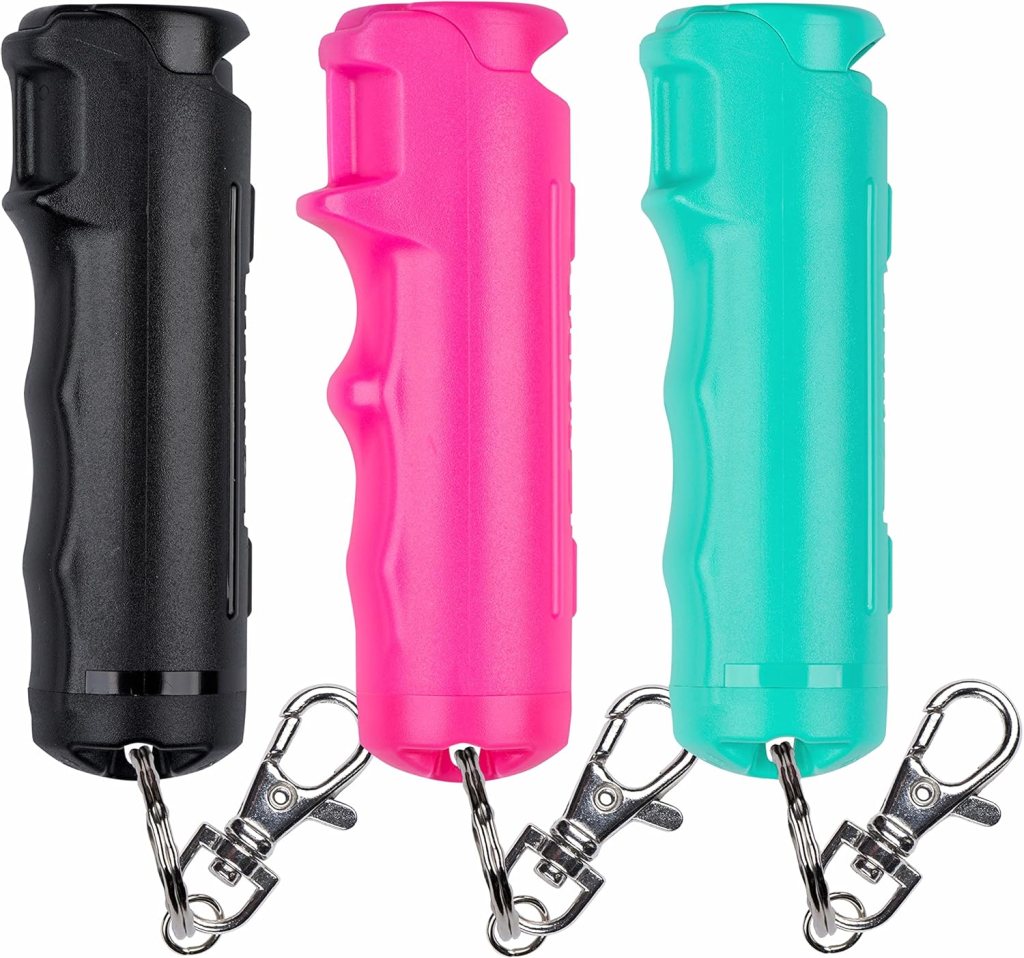When the youngest child flies the coop, empty nest syndrome sets in.
Even for couples that aren’t yet retired, the change in atmosphere can be jarring. For some, it’s enough to inspire a big move. That’s the case for one couple, Julie Taylor and her husband, who recently made the big move from Los Angeles to Joplin, Missouri.
After sending their youngest child off to college, the pair turned their attention eastward. Lured by the promise of more space and fewer expenses, they made the decision to buy a home in Joplin, pack up the life they’d lived for twenty years, and head east.
The move involved more surprises than originally anticipated, especially in the way of lifestyle changes. Still, aside from a handful of unexpected challenges, most of those surprises have actually been pleasant for Julie and her husband.
If you’ve ever considered making a big move from the West Coast to the Midwest, consider this your case study.
Here’s how Julie and her husband did it, along with what they’ve saved along the way and what they’ve traded off in terms of lifestyle.
Moving from the West Coast to the Midwest: A closer look at the savings
Julie and her husband left behind one of the US’s most competitive housing markets for one of its least competitive. Homes in LA cost around $1.25 million, while the average ranch in Joplin sells for closer to $250,000.
So, their biggest savings come from a slashed mortgage. Best of all, their new mortgage is contracted for 15 years instead of 30. Despite shaving 15 years off their new mortgage, Julie and her husband pay one-third of the monthly payment they owed in Los Angeles.
That change alone has led them to save around $32,000 a year, which makes up the bulk of their annual savings. The pair is also saving big on property taxes and gas prices.
Some things in Missouri are actually pricier
Here’s the big catch… some costs in Missouri are actually higher than in California. Though living on a median salary will give you the keys to a comfortable life in Missouri more than the Golden State, costs like groceries are still comparable.
The same is true for other utilities. In Missouri, home insurance is pricier, along with energy costs.
For a couple with a hybrid car, those costs have added up. Still, despite these small hikes, Julie and her husband are still saving a whopping total of $46,000 a year living in Joplin compared to Los Angeles.
Moving from the West Coast to the Midwest: The lifestyle change
Financially, the move has made sense for Julie and her husband. Unsurprisingly, however, some of the biggest ‘costs’ have come in the way of a lifestyle change. Compared to Los Angeles, Joplin has a very limited entertainment industry.
Plus, food is a lot more limited. Despite the fact that groceries cost around the same amount, the range of restaurants in Joplin isn’t nearly as diverse as in Los Angeles.
That being said, things like movie tickets, dinners, and cocktails are much cheaper. That means Julie and her husband can splurge on date nights more often—and that’s a higher priority for the pair now that they don’t have any kids at home.
In fact, Julie’s husband has even been able to open a bar thanks to all their savings. That type of financial and professional freedom has meant a lot to the pair, and hasn’t prevented them from saving for their children’s college degrees, either.
The cherry on top? No hours-long traffic jams in Joplin.

